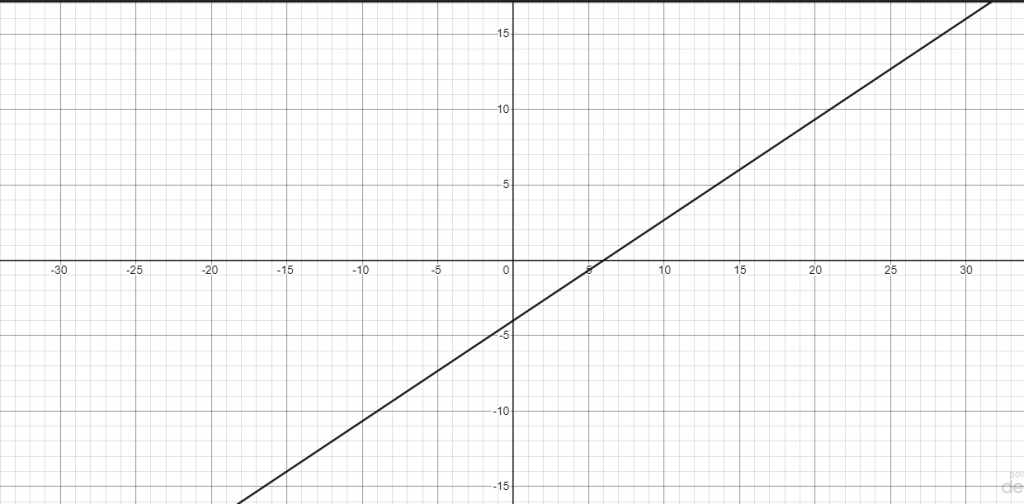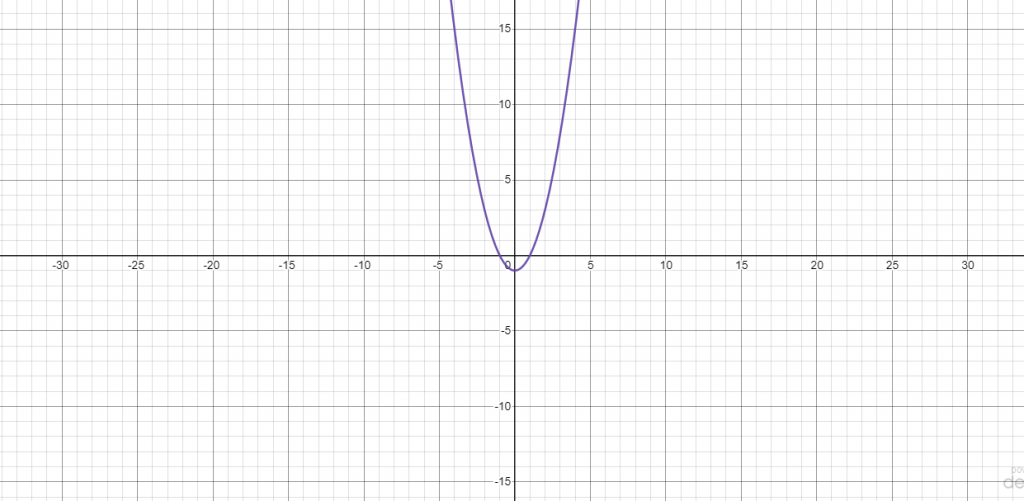Linear Equations
Equation 1:
y-3=4(x+1)

This is a linear equation. I can tell from the graph because the line is straight and it is a function. I can tell from the equation, because it is in the form y=mx+b.
Equation 2:
2x-3y=12

This is a linear equation. I can tell from the graph because it’s a function and the line is straight. I can tell from the equation, because it is in the form y=mx+b.
Non-Linear
Equation 1:
y=(x+1)(x-1)

This is not a linear equation. I can tell from the graph because the line is curved. I can tell from the equation, because it is not in the form y=mx+b.
Equation 2:
y=2ˣ

This is not a linear equation. I can tell from the graph because the line is curved. I can tell from the equation, because it is not in the form y=mx+b.
Self-Assessment
I explored mathematical ideas using technology when I graphed equations in the online Desmos graphing calculator. By using this tool, I was able to easily graph equations and apply my learning to find out whether the equation is linear or non-linear.
I analyzed data and used criteria to draw conclusions when determining whether the equation is linear or non-linear. I did this by graphing the equation in Desmos graphing calculator then finding out if the line was straight and if it’s a function.
I justified my conclusions with evidence when I followed each step carefully to ensure that I got the correct answer. I used steps such as following the format of y=mx+b when determining whether an equation is linear and the vertical line test for functions.
